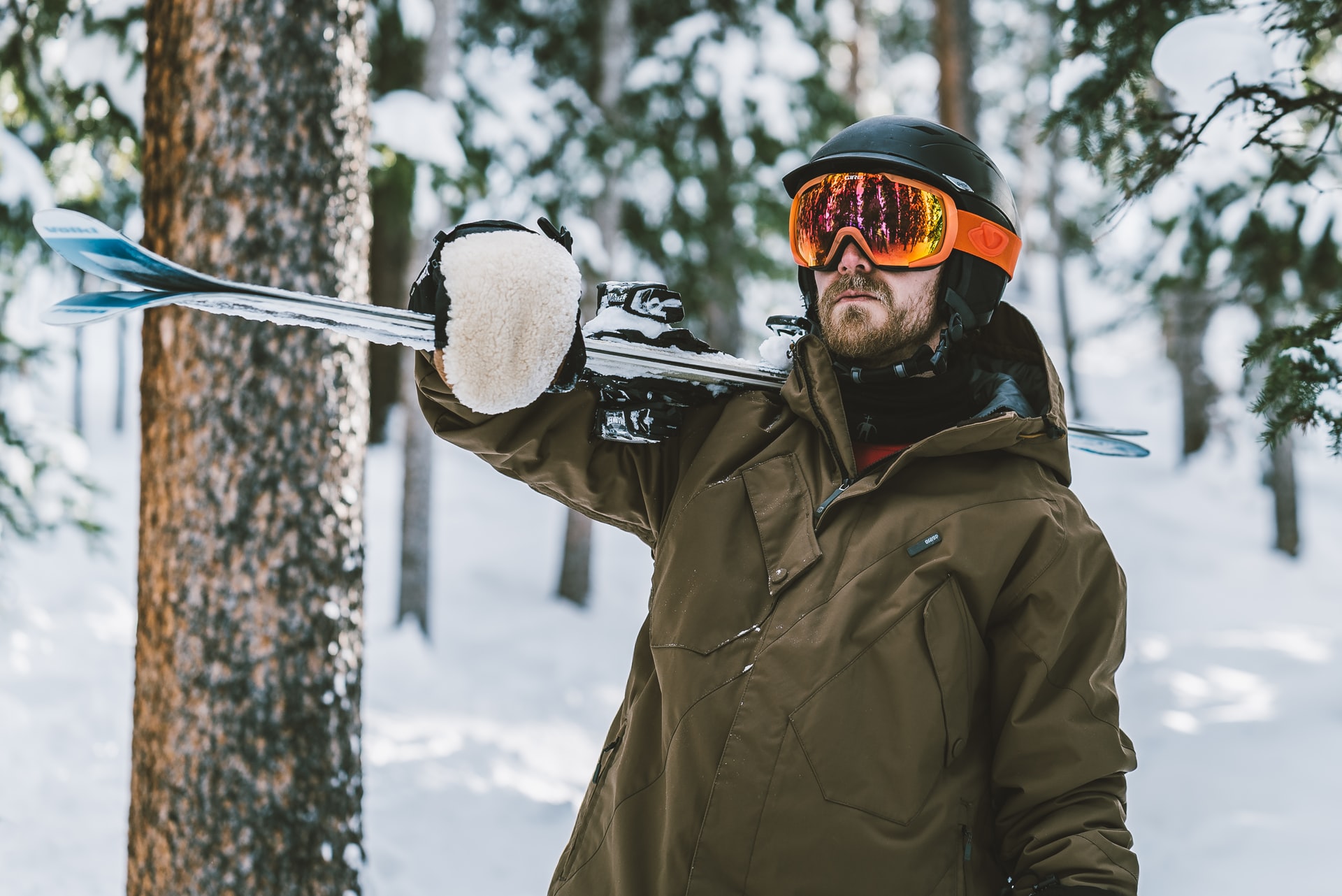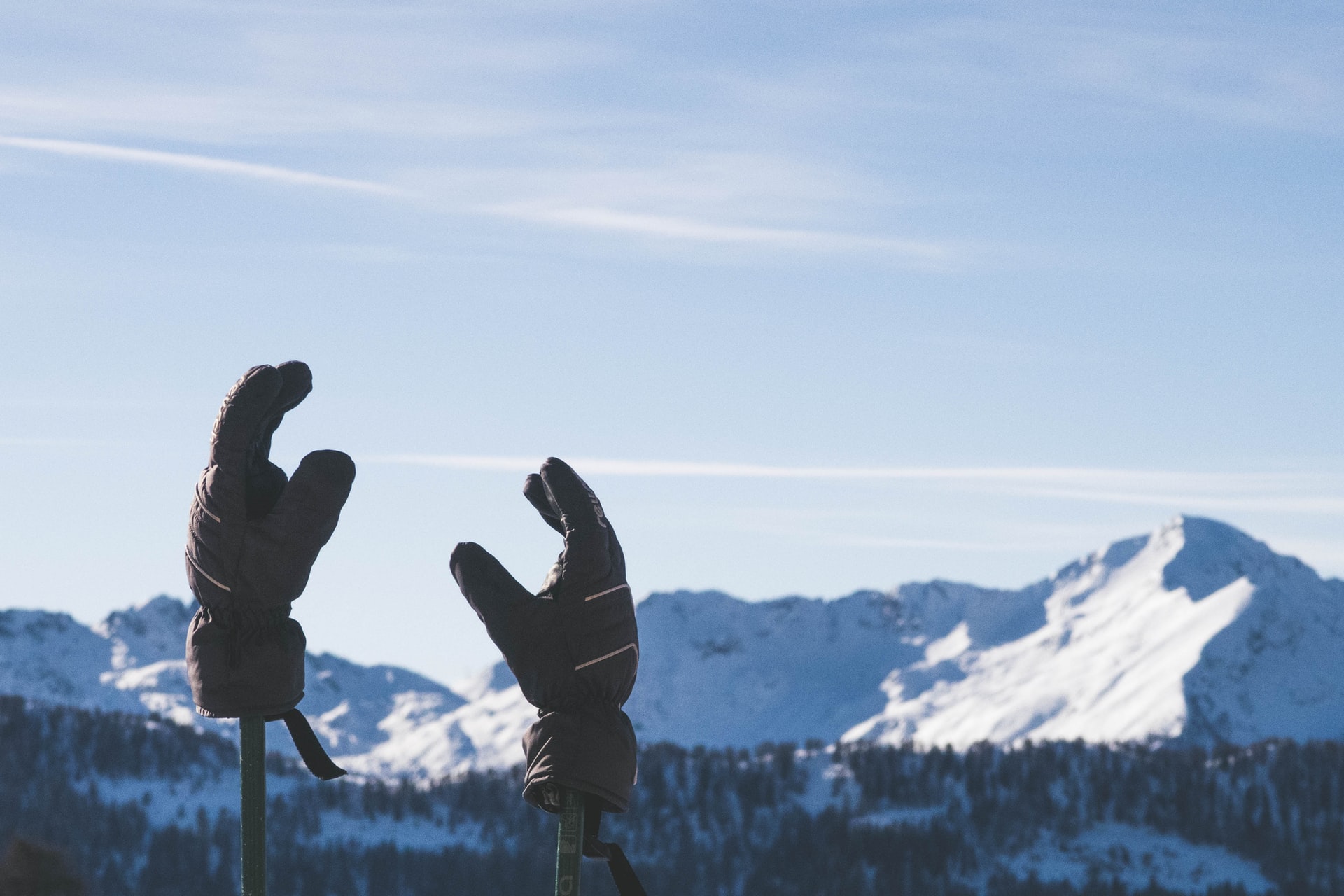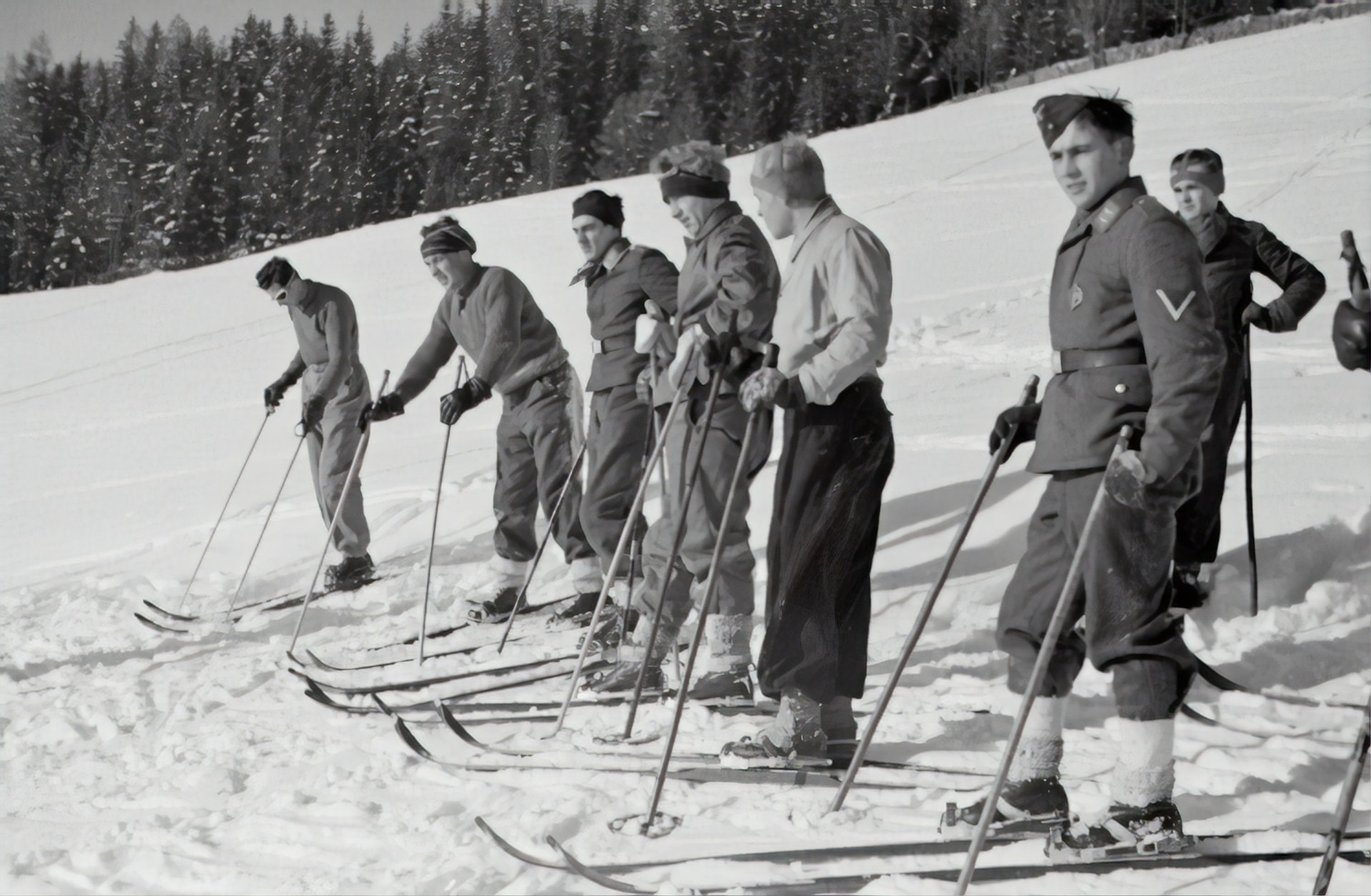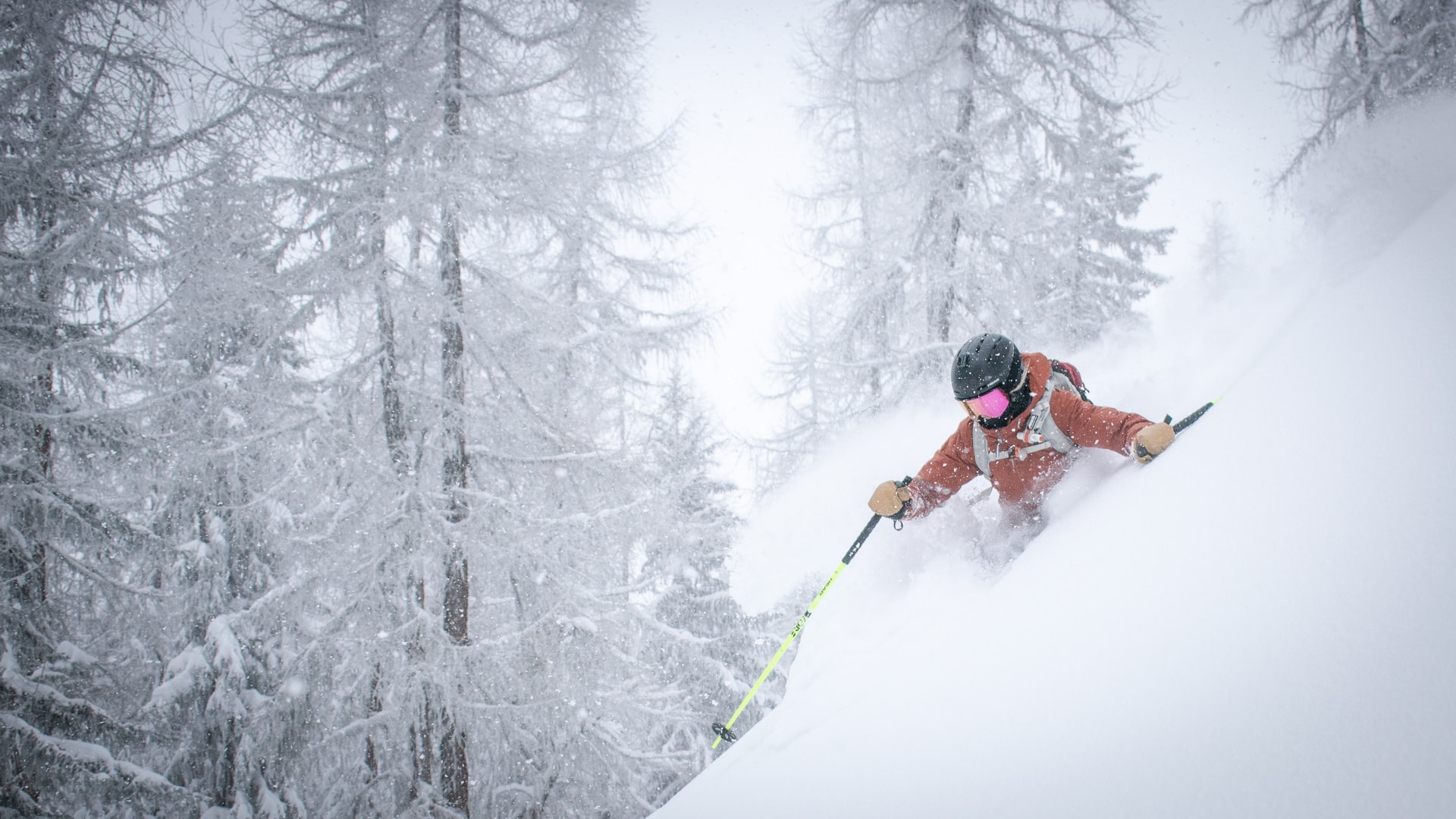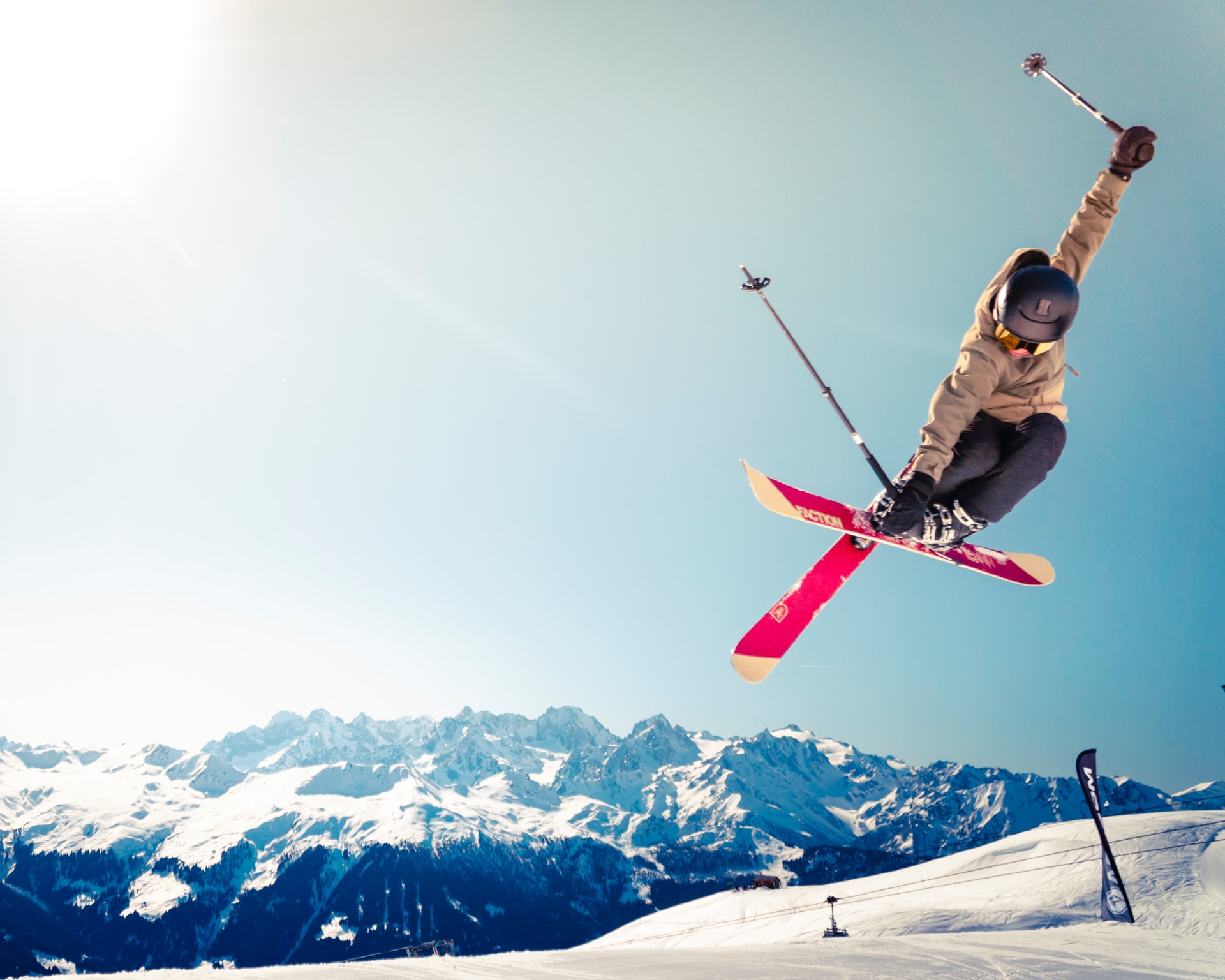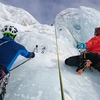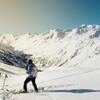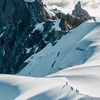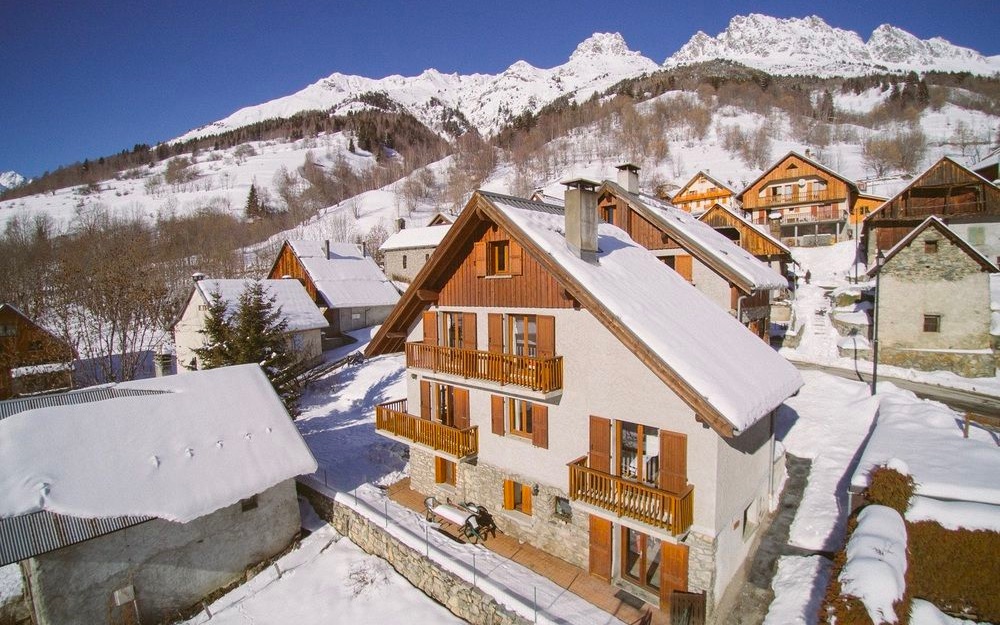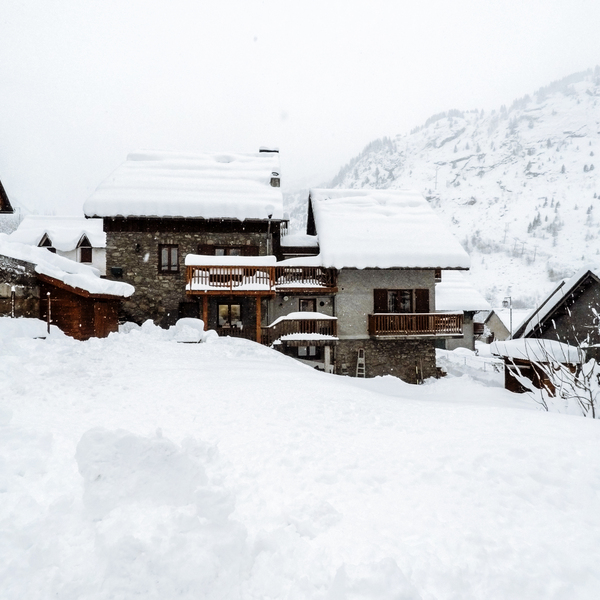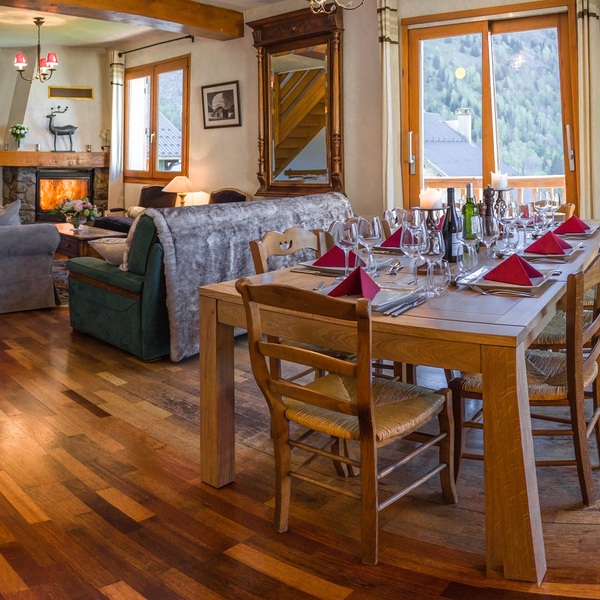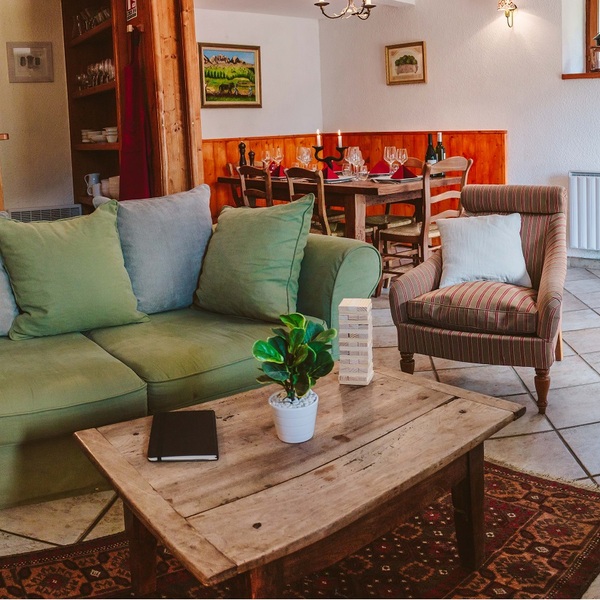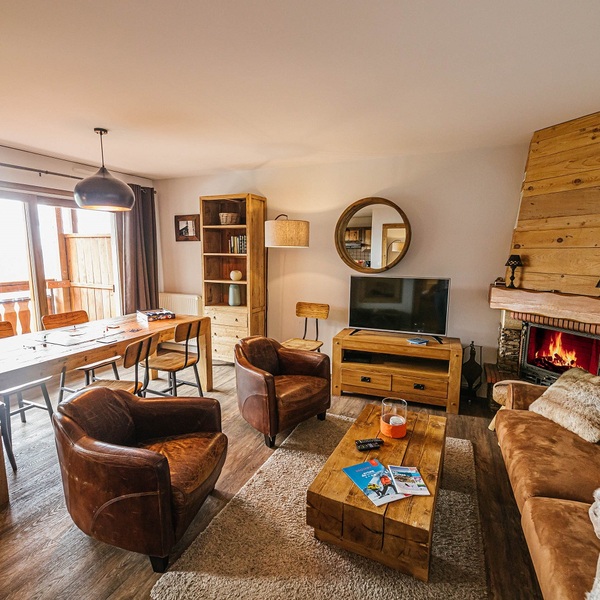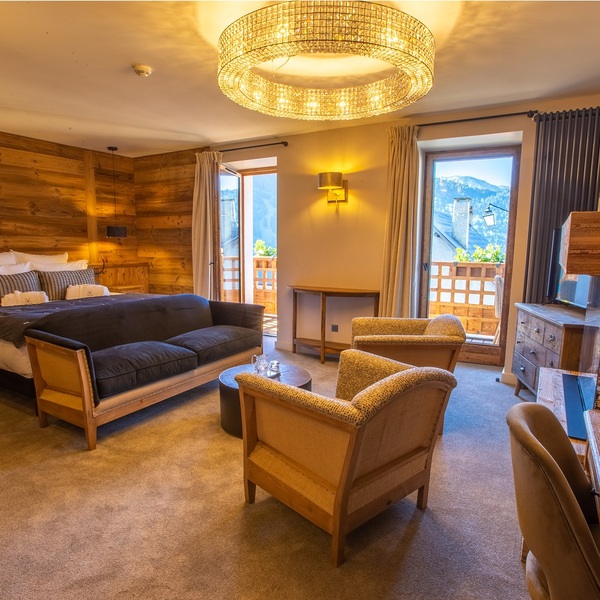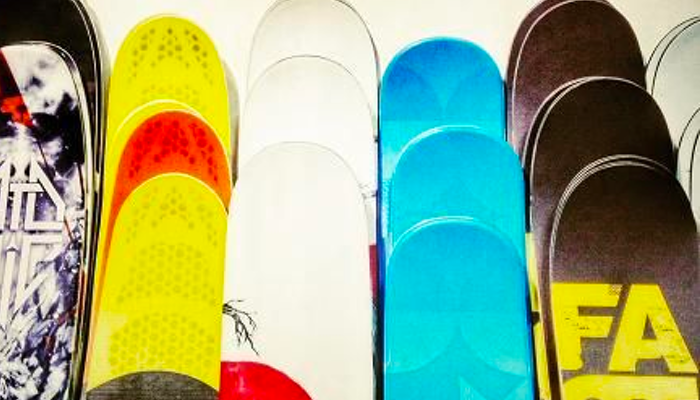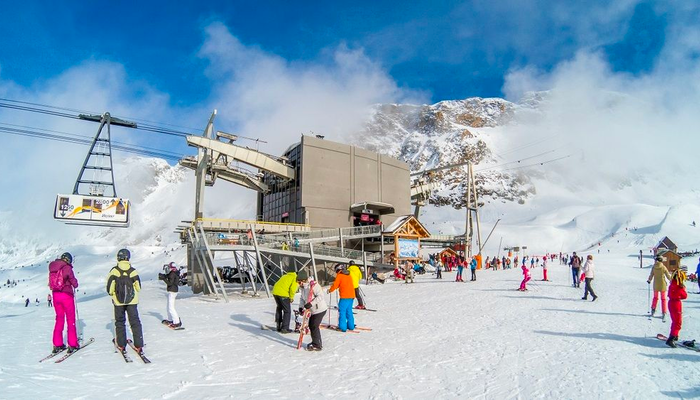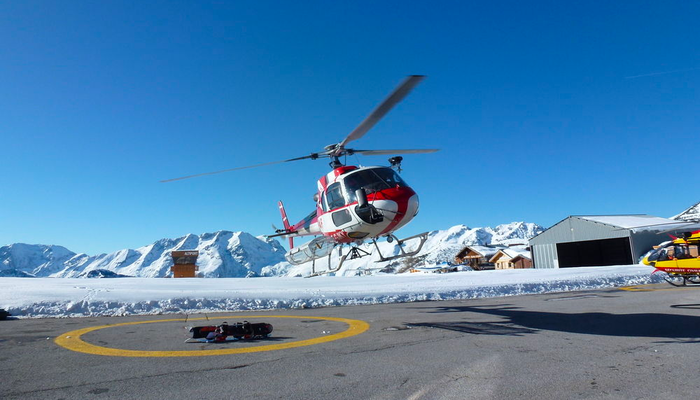As the weather changes and the snow comes with the winter season, it's the time of the year to engage in different winter sports and activities like snowboarding and skiing. If you're particularly fond of the slopes, you're probably planning a long weekend or even a week to the Alps, spending an extended amount of time perfecting the art and enjoying the rush of adrenaline with family or friends. Regardless if this is your first time skiing or your tenth, it's wise to consider your body, what you might need for each area and why!
Here's a list of important areas of the body you'll be using and need to think about, both in exercise, clothing and protection.
1. Arms
When it comes to your arms, the first thing to realise is that you will be carrying your skis from place to place when not skiing. This might seem obvious but some people struggle with heavy skis and therefore opt for lighter or shorter skis to accommodate. You will also need some poles to help you push along the flat section, balance, manoeuvre and move around properly. You'll need them to suit your height so that you are not bending over to much (if too short) and to avoid them getting in the way (too large). You might also want to consider what they are made of for weight. Lighter poles are great for racing but beginners are best suited to heavier poles, to help keep balance. Think of walking along a tight rope and using your arms for balance, poles make it easier to balance and turn in the direction you want to go in.
2. Hands
You should be protecting your hands with gloves as they are one of the most important things. This is crucial as your hands, like any other extremities, need to be protected as they lose a lot of your body heat. Having the right gloves means that your hands stay warm and can function, whether you are handling your poles to stay on the ski slopes, or eating some tasty snacks on the mountains. In addition, you might also want to consider gloves that allow you to utilize your cell phone with the magic touch fingers. These will come in handy if you lose your ski group or friends and need to regroup, or if you get into any sort of emergencies. Cold hands can really ruin a day out so purchase the perfect pair for you.
3. Torso & Back
Your torso, back and core will be in high demand throughout a ski trip... you will be considering a few things. In addition to staying warm with a good and breathable ski jacket. Ski jackets are important and very different from what you might wear around the city during winter. Your gear needs to be both durable and also water repellent, or at least moisture resistant. Especially for first-time skiers and those learning, you will fall and find yourself covered in snow quite often. If your gear is not suited to handle that, you will find yourself wet and cold very quickly. Snow jackets differ from winter coats in that they will be breathable and flexible enough to move with you, while still protecting you and keeping you warm from the elements. You also want to consider if you will be carrying anything like food or other gear with you. If this is the case, you might want to have a backpack to store your belongings while on the slopes. This is perfect for making sure you stay hydrated or have food to keep the hunger away, but also to carry medical supplies if you or your group of friends need them.
4. Face
No matter what the conditions are, it's wise to apply suncream. It may sound bizarre but it's not just the sun that you can see which effects the skin, you are always at risk of damage from harmful UV rays. These still get through clouds, and with you being so much closer to the sun than usual, your skin requires more protection. If there is a general bite in the air, or perhaps the weather comes in... you might want to wrap your face up with the best ski masks and face balaclavas to help fight the cold. In mountainous areas specifically, the cold can be extreme (especially when accompanied by fierce winds) and cause pain at higher altitudes. The right face mask will ensure your cheeks aren’t feeling numb!
5. Legs
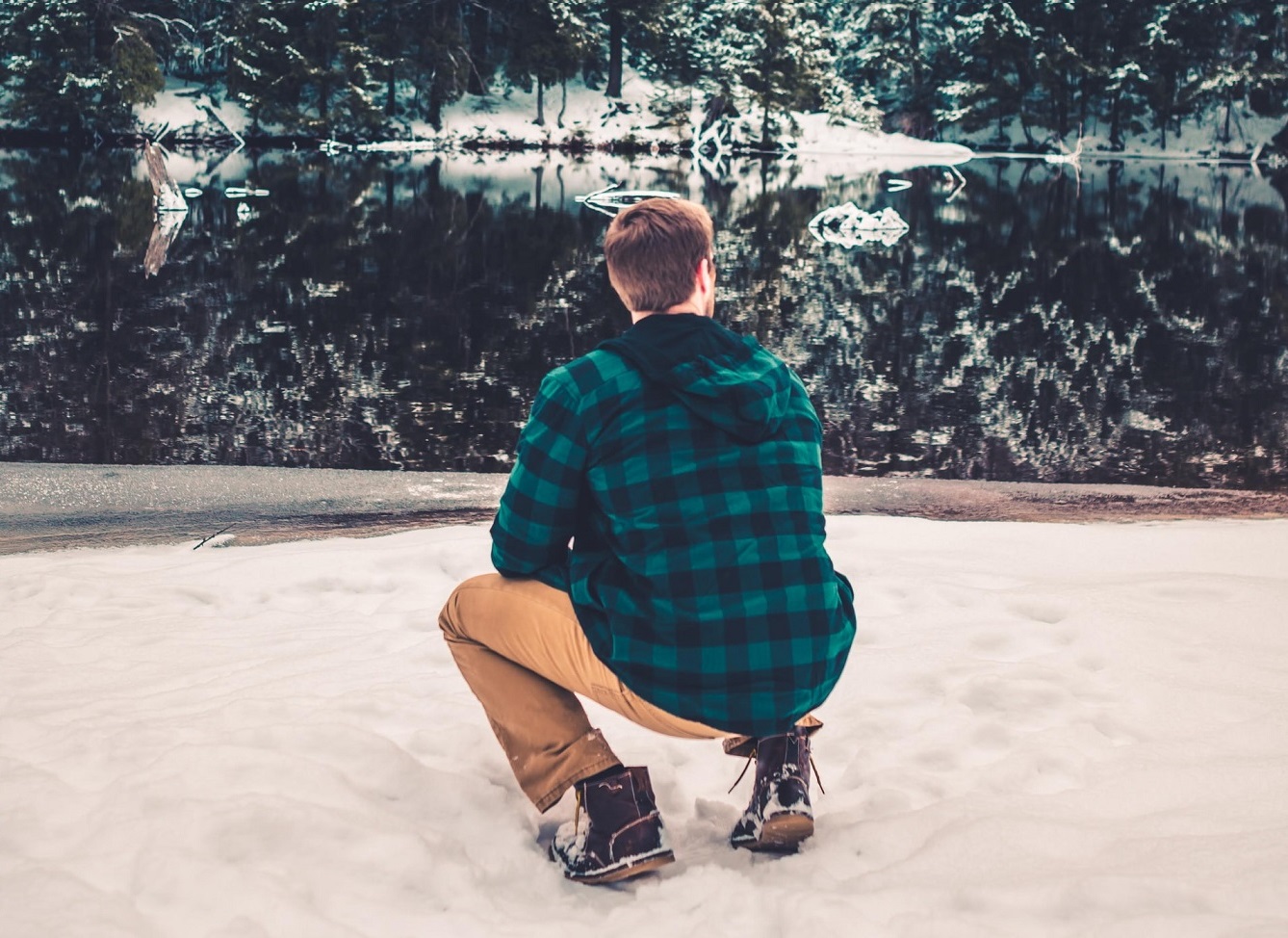
They will be doing an array of tasks from skiing, snowboarding, hiking and dancing so don't take them for granted! These instruments of the body will be hurting the most after a days skiing due to the nature of the game. It's wise to stretch as often as possible. Do some squats every morning to prepare them, at lunch to keep the oxygen flowing and in the afternoon to stretch them out, in order for them to recover quicker.
Similar to having a snow or ski jacket and having the right upper body layers, ski pants are crucial to anyone on a ski trip for their lower body. DO NOT WEAR JEANS. As mentioned with your jackets, you want a material for your pants that will not absorb water as that will quickly become an extremely uncomfortably wet and cold experience. If the conditions are going to be particularly cold, you might want to consider thermal layers, clothing that is designed specifically to help you retain as much heat with as few layers as possible. This will help keep your legs mobile and help you out on the slopes. Make sure your outer layer of pants not only repels moisture but keeps you warm as you spend days and even nights on the slopes.
6. Feet & ankles
No ski trip is complete if you aren’t wearing the right foot gear. You want to ensure that boots fit well, providing comfort, support and warmth. If the boot is too tight, then you won't have very good circulation. Your feet will get cold easily as the blood flow is lacking, leading to numb and painful feet. Not only that but it will be harder to balance and turn a this is done by shifting your weight from one side to the other with your feet! It is important you have mobility on and off your skis too. Is there any pressure on your joints? Do you need an insole so that there is less movement in the boot? Make sure to test your boots out by walking around the shop and bending your knees, with your weight forward, above your toes. You can normally tell within 5 minutes of trying them on if they are the right fit for you. If you are unsure, don't worry, you can normally take them back and swap them for some others the next day. You will be on your feet most of the time, assuming you aren’t falling on your behind frequently, so comfort is a priority.
Summary
When you are planning a trip, it is always important to prepare your body in advance for the endurance that is a ski holiday. Think about the weather conditions and dress appropriately, not just for the climate but also for the activities you are going to be taking part in. From spending time on mountains and hills to relaxing by the fire with hot cocoa, you want to ensure that you are ready and comfortable for all settings.
Tagged with;
